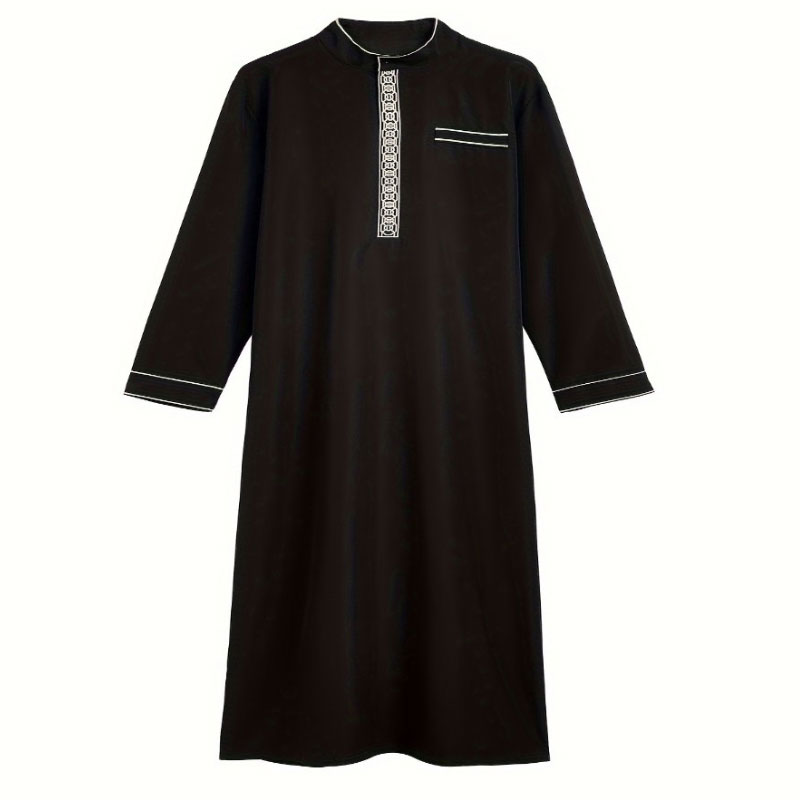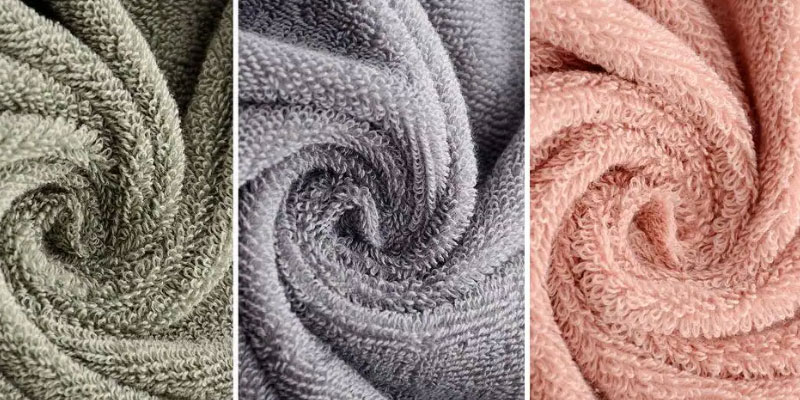
What is The Muslim Dress For Men:The Muslims Clothing is usually chosen in accordance with the teachings and regulations of Islam, with the main purpose of maintaining modesty and covering the body.
1:Characteristics of Traditional Muslim Men’s Dress
Traditional men’s dress primarily consists of shalwar trousers paired with long shirts, designed for a loose and comfortable fit. This ensemble is equally suited to daily activities while conveying an air of elegance in formal settings.For instance, the Pashtuns favour vibrant colours and coin decorations, while urban Tajik men regard the robe as a status symbol.
2.Material Selection and Regional Adaptability
The choice of fabrics for Muslim attire is closely tied to climatic conditions. In the frigid northern regions, heavy woolen coats are commonly worn to withstand the bitter cold, whereas in the sweltering southern areas, lightweight cotton or silk garments prevail. Natural fibres are favoured for their breathability and comfort. This variation in materials reflects the adaptability of clothing to geographical environments.
3.Colour and Cultural Symbolism
The hues of traditional attire carry profound cultural significance. Royal blue symbolises life and faith, deep crimson represents fervour, while emerald green embodies natural elements. These colours align more closely with local customs than modern, vibrant shades. Blue, in particular, has become a staple for women’s burqa robes due to the readily available natural indigo dye, its resistance to soiling, and its representation of sky and water – vital elements in Islamic culture.
4.Craftsmanship and Ethnic Identification Elements

Hand embroidery constitutes the very soul of Muslim dress, with the intricacy of geometric or botanical motifs adorning collars and cuffs directly determining a garment’s value. Distinctive ethnic identification elements further enhance this heritage: the unique headscarf-wrapping technique characteristic of Pashtun dress, alongside the signature red embroidered blouses and half-veils worn by women of the Kuchi tribe, each embody the singularity of their respective cultural traditions.
5.Social Change and the Return to Traditional Dress
In recent years, influenced by societal shifts, Muslim men’s dress has exhibited a trend towards traditional revival. Following the Taliban’s return to power, traditional attire has seen a marked resurgence, with modern styles diminishing in urban areas. The usage rate of the long robe has increased by nearly thirty per cent compared to two decades ago, reflecting the profound impact of the political environment on sartorial culture.
Related posts







